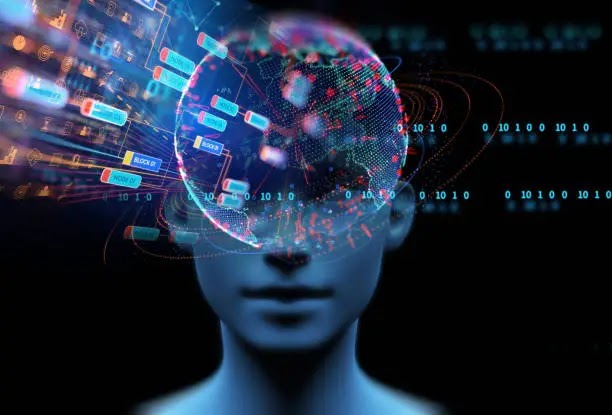Unraveling the Power of Deep Neural Networks 🧠💡
In the vast landscape of artificial intelligence and machine learning, Deep Neural Networks (DNNs) have emerged as one of the most powerful tools for solving complex problems. These networks, inspired by the structure and function of the human brain, have revolutionized various fields, from image and speech recognition to natural language processing. In this article, we will dive deep into the world of neural networks, exploring what they are, how they work, and their diverse applications.
🧠 What Are Neural Networks?
 At their core, neural networks are a class of machine learning algorithms designed to mimic the way the human brain processes information. They consist of interconnected nodes, or "neurons," organized into layers. These layers typically include an input layer, one or more hidden layers, and an output layer.
At their core, neural networks are a class of machine learning algorithms designed to mimic the way the human brain processes information. They consist of interconnected nodes, or "neurons," organized into layers. These layers typically include an input layer, one or more hidden layers, and an output layer.
💡 How Do Neural Networks Work?
 Neural networks learn from data through a process known as training. During training, the network adjusts its internal parameters to optimize its ability to make predictions or classifications. This optimization is achieved through the use of a mathematical technique called backpropagation, which minimizes the difference between the network's predictions and the actual target values.
Neural networks learn from data through a process known as training. During training, the network adjusts its internal parameters to optimize its ability to make predictions or classifications. This optimization is achieved through the use of a mathematical technique called backpropagation, which minimizes the difference between the network's predictions and the actual target values.
Key Components of a Neural Network
- Neurons
- Neurons receive input data, perform a mathematical operation, and produce an output.
- Weights
- Each connection between neurons is associated with a weight that determines the strength of the connection.
- Activation Function:
- Activation functions introduce non-linearity into the network, enabling it to learn complex patterns.
- Bias:
- A bias term is added to each neuron's output, allowing the network to account for shifts in data.
🌐 Applications of Neural Networks
Neural networks have found applications in a wide range of fields, including:
Image Recognition 📷
Convolutional Neural Networks (CNNs) excel at recognizing patterns in images, enabling applications like facial recognition, object detection, and medical image analysis.
Natural Language Processing 📚
Recurrent Neural Networks (RNNs) and Transformer models have transformed language processing tasks such as machine translation, sentiment analysis, and chatbots.
Autonomous Vehicles 🚗
Neural networks are crucial for enabling self-driving cars to perceive and navigate their environments safely.
Healthcare 🏥:
They assist in diagnosing diseases from medical images, predicting patient outcomes, and drug discovery.
Finance 💰 Neural networks are used for fraud detection, stock price prediction, and risk assessment.
Recommendation Systems 📺
They power personalized content recommendations on platforms like Netflix and Amazon.
Gaming 🎮
Neural networks enhance AI opponents, game character behaviors, and adaptive gameplay experiences.
🚀 The Future of Deep Neural Networks
As technology advances, so does the potential of neural networks. Researchers are continually pushing the boundaries of what DNNs can achieve, striving for improved efficiency, interpretability, and ethical use. With advancements in areas like reinforcement learning and explainable AI, neural networks will continue to shape our future in ways we can't yet fully imagine.
Conclusion
Deep Neural Networks represent a remarkable fusion of neuroscience-inspired design and mathematical innovation. They have become the backbone of modern AI, powering applications that were once considered science fiction. As they continue to evolve, neural networks will undoubtedly play an even more prominent role in solving complex problems, making our lives more efficient, convenient, and interconnected. The journey of discovery in the realm of neural networks is an exciting one, with new breakthroughs on the horizon. 🌟🤖💬






